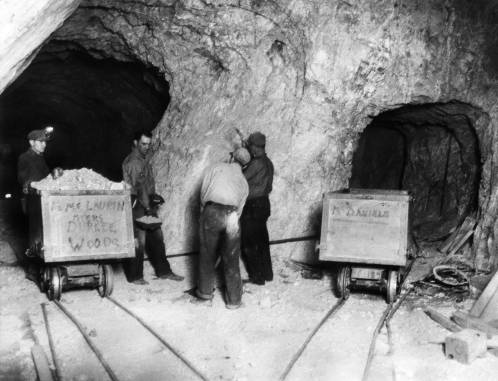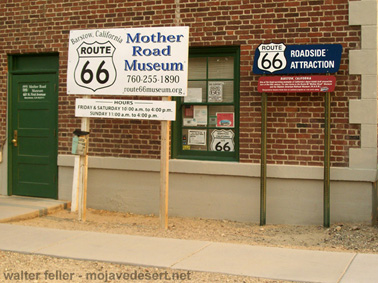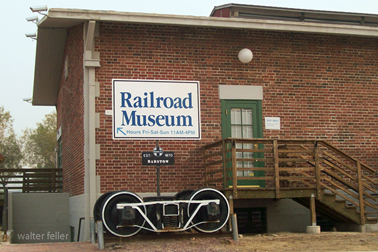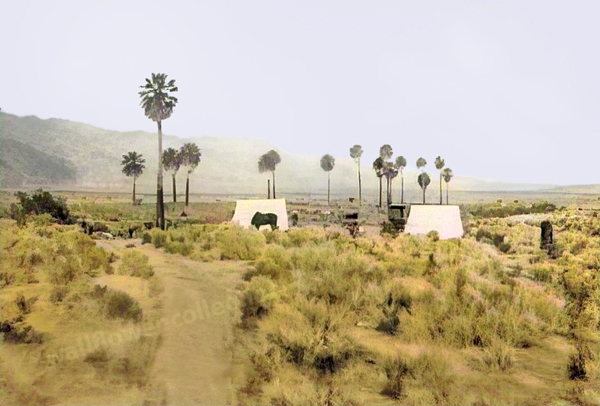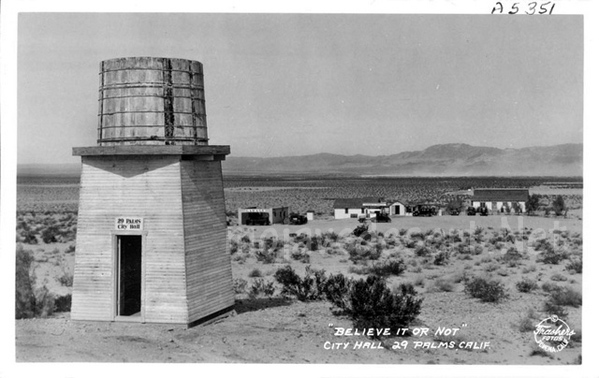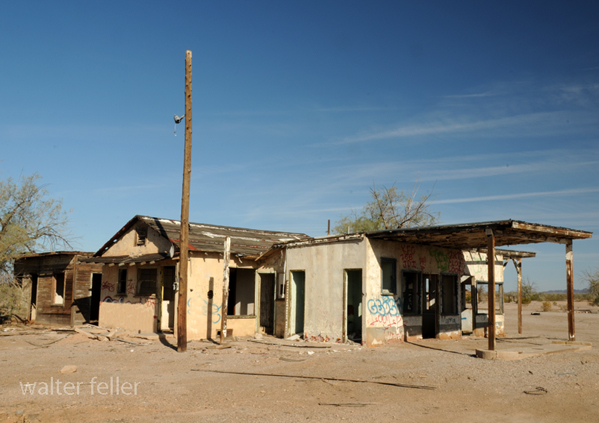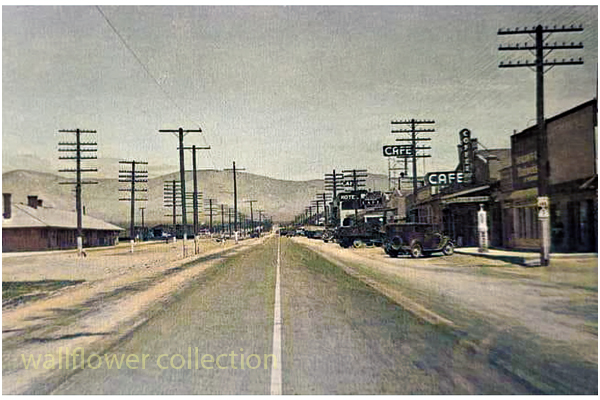/joshua-tree/indian-cove/

Indian Cove is a popular area within Joshua Tree National Park, known for its stunning rock formations, unique desert landscapes, and accessibility for camping and rock climbing. Located in the Mojave Desert of California, this area offers a different experience than the park’s main parts due to its unique geology and vegetation. Indian Cove is characterized by its towering rock walls, which make it a favorite spot for climbers of various skill levels.
The campground at Indian Cove is nestled among the massive boulders, providing a scenic backdrop for campers. It’s one of the few campgrounds in Joshua Tree National Park that can be reserved in advance, making it a convenient option for visitors planning their trip. The area also features several hiking trails, ranging from easy walks to more challenging hikes, allowing visitors to explore the desert landscape and wildlife.
Indian Cove is accessed from a road different from the main park entrances, located off Highway 62, which makes it somewhat separate from the rest of Joshua Tree National Park. This separation adds to its secluded and exclusive feel, although it is still part of the park and subject to the same rules and regulations.
Visitors to Indian Cove can enjoy the natural beauty and outdoor activities and the opportunity to experience the quiet and solitude of the desert. Nighttime brings clear, starry skies, making it an excellent location for stargazing.
To visit Indian Cove, it’s important to check the latest information on Joshua Tree National Park’s official website or contact the park directly for current conditions, campground availability, and any specific requirements or restrictions that may be in place.
